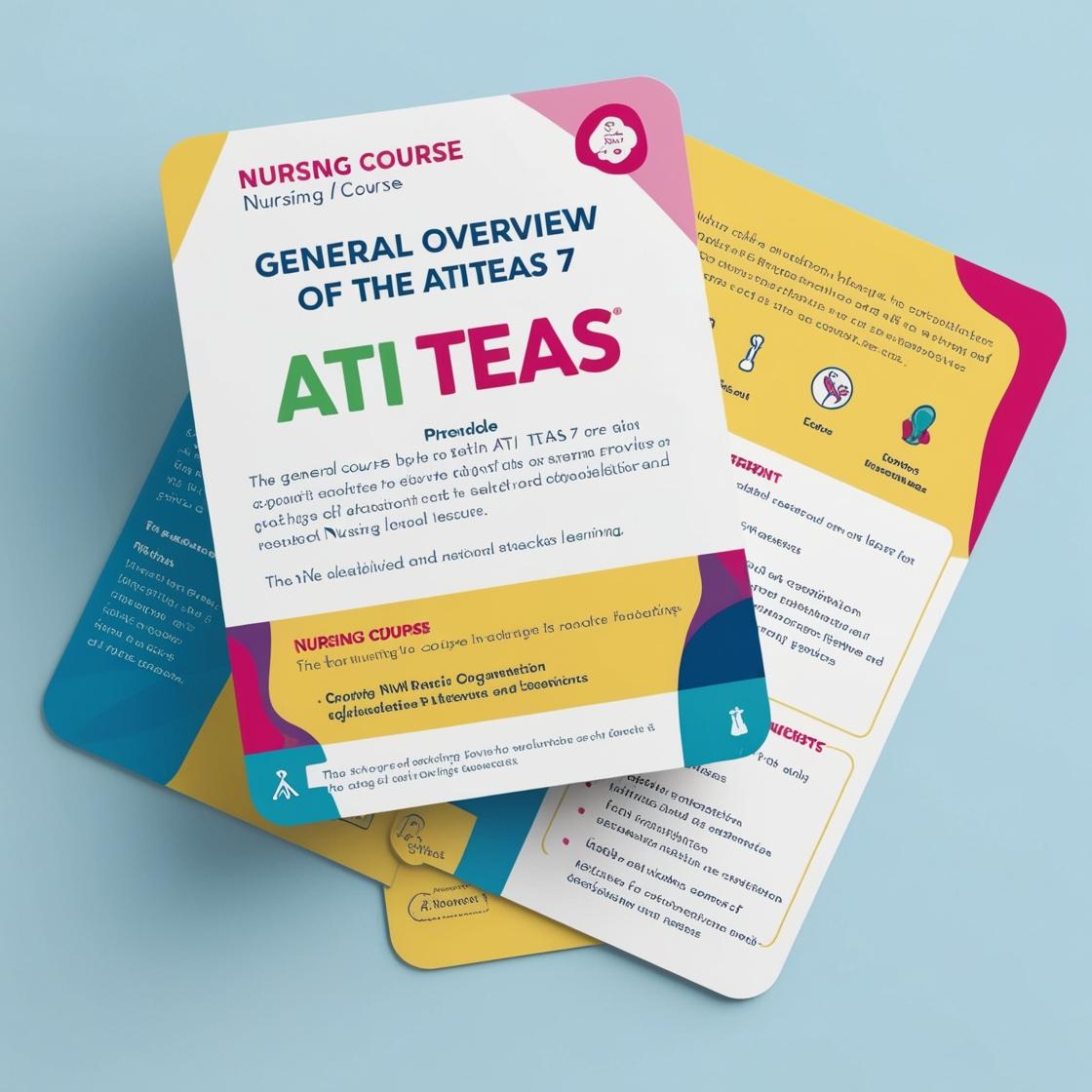ATI TEAS 7
Mometrix TEAS 7 science practice test
1. After exposure to a pathogen, the immune system develops memory. What type of immune cell is responsible for this immunological memory?
- A. B cells
- B. T cells (specifically memory T cells)
- C. Phagocytes
- D. Natural killer cells
Correct answer: A
Rationale: B cells are responsible for immunological memory. Memory B cells, a type of B cells, retain a 'memory' of specific pathogens, enabling them to rapidly produce antibodies upon re-exposure. This rapid antibody production facilitates a quicker and more effective immune response. Although memory T cells also contribute to immunological memory by mounting a swift and robust immune response upon re-exposure to the pathogen, it is primarily memory B cells that play a crucial role in producing antibodies. Phagocytes are important immune cells involved in engulfing and digesting pathogens, while natural killer cells are primarily responsible for recognizing and eliminating abnormal cells, such as virus-infected cells or tumor cells. However, when it comes to immunological memory and antibody production, B cells are key players.
2. Which law of motion states that for every action, there is an equal and opposite reaction?
- A. Newton's First Law
- B. Newton's Second Law
- C. Newton's Third Law
- D. Law of Universal Gravitation
Correct answer: C
Rationale: The correct answer is Newton's Third Law of Motion. This law states that for every action, there is an equal and opposite reaction. It means that when one object exerts a force on a second object, the second object exerts an equal force in the opposite direction back on the first object. This fundamental law describes the relationship between the forces acting on two interacting objects. Newton's First Law (Choice A) is known as the law of inertia and states that an object at rest stays at rest, and an object in motion stays in motion with the same speed and in the same direction unless acted upon by an external force. Newton's Second Law (Choice B) relates the force acting on an object to its mass and acceleration. The Law of Universal Gravitation (Choice D) describes the force of gravity between two objects with mass and the distance between them.
3. Which element is used in insulin and promotes glucose uptake into cells for energy production?
- A. Zinc
- B. Chromium
- C. Manganese
- D. Iron
Correct answer: B
Rationale: Chromium is the correct answer. Chromium is the element used in insulin that aids in its function by enhancing glucose uptake into cells and regulating blood sugar levels. It plays a crucial role in the body's energy production processes by facilitating the action of insulin. Zinc (Choice A), although important for various physiological functions, is not the element used in insulin. Manganese (Choice C) is necessary for enzyme activation but is not directly involved in insulin's function. Iron (Choice D) is essential for oxygen transport but is not the element used in insulin for promoting glucose uptake into cells.
4. What is the primary function of ribosomes in the cell?
- A. To synthesize lipids and other cellular components
- B. To package and transport proteins
- C. To break down macromolecules
- D. To translate mRNA into proteins
Correct answer: D
Rationale: Ribosomes are cellular organelles responsible for protein synthesis. They read the genetic information encoded in messenger RNA (mRNA) and use this information to assemble amino acids into a specific sequence, forming a protein. This process is known as translation and is essential for the production of proteins that carry out various functions in the cell. Options A, B, and C are incorrect as they do not accurately describe the primary function of ribosomes. Choice A is incorrect because the synthesis of lipids and other cellular components is not the primary function of ribosomes. Choice B is incorrect as packaging and transporting proteins are functions typically associated with the endoplasmic reticulum and Golgi apparatus. Choice C is incorrect because ribosomes do not break down macromolecules; instead, they are involved in building proteins from amino acids.
5. Which property of a wave determines its energy?
- A. Wavelength
- B. Amplitude
- C. Frequency
- D. Velocity
Correct answer: B
Rationale: The energy of a wave is determined by its amplitude, which is the measure of its maximum displacement from the equilibrium position. Waves with higher amplitudes carry more energy as energy is directly proportional to amplitude. Therefore, the correct answer is B) Amplitude. Choice A (Wavelength) does not determine the energy of a wave; it is related to the spatial length between wave crests. Choice C (Frequency) is not the property that determines a wave's energy; it refers to the number of complete oscillations a wave undergoes in a given time. Choice D (Velocity) is the speed at which a wave propagates through a medium and is not directly related to its energy.
Similar Questions

Access More Features
ATI TEAS Premium Plus
$149.99/ 90 days
- Actual ATI TEAS 7 Questions
- 3,000 questions with answers
- 90 days access
ATI TEAS Basic
$99/ 30 days
- 3,000 Questions with answers
- 30 days access
